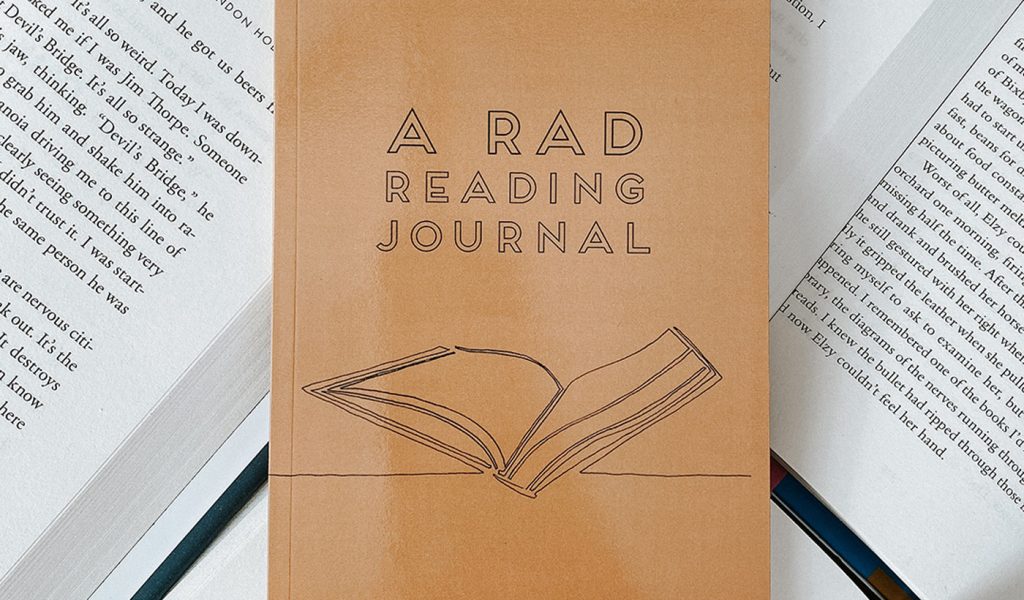How to read more books
Unless you grew up a bookworm, discovering the magic of reading, picking up a book doesn’t always come naturally. Finding the time and energy to read can be challenging for many of us, especially writers and creators. And yet, it’s impossible to deny the many benefits that reading books can bring, from expanding your creativity to improving your vocabulary.
It’s no secret that some of the most celebrated people in the world are avid readers. Notable figures like Warren Buffet, Bill Gates, and Oprah Winfrey are all a testament to this relationship between reading books and actualizing success. In an interview with Time, Gates mentions that “reading fuels a sense of curiosity about the world,” attributing reading to catapulting his career.
It’s high time to embrace one’s growth potential in reading more books—not just in brief spurts—but as a lifelong practice. Beyond the case studies of highly-successful readers, ample science supports the benefit of developing consistent book-reading habits. From expanding your literacy and writing skills to staying stimulated and warding off cognitive decline, learning how to read more books offers a wide range of benefits.
So, how do you cultivate the ability to read more books? Try these practices to develop healthy and mindful reading habits.
Read what you find interesting (or what you’re writing about)
One of the fundamental rules of reading more books is simply reading what you like or find interesting. Pretty easy, right? Well, sort of.
The challenge is doing some homework and experimentation to know these types of books. Determining your preference between fiction and non-fiction books is an excellent place to start. Those who are mentally active throughout the day may be intrigued by books that take us out of our sense of reality, like a gripping fantasy or otherworldly sci-fi.
Conversely, your interest in reading books may be better sustained by actively learning and exploring the tangible world of non-fiction. Educational and inspirational books can offer greater meaning for certain readers, especially writers, authors, and creatives. If you’re actively writing about specific topics like travel, reading books about the history of early pioneers and legendary world travelers may broaden your creative horizons and inspire you in unique ways.
Research book ideas and create a reading list
Now that you have an idea of what you find interesting, it’s time to research the books in your chosen genre. In addition to discovering good reads, creating a reading list can help keep you organized without getting lost in the rabbit hole of “what’s next?” This is your to-be-read list (that’s TBR pile in book lingo).
K.W. Colyard, a book features writer, shares some timeless tips to help build your reading list, starting with determining how much time you have and creating realistic reading goals. But, perhaps her most valuable takeaway tip is to mix it up. Instead of creating a linear reading list, alternate between genres, authors, and book lengths to prevent boredom or feeling bogged down.
As part of mixing it up, Colyard recommends not ordering your list at all. Instead, read whatever you feel like at the time and cross each book off your reading list as you finish it. That way, you’re always reading exactly what you’re in the mood for.
Need reading list inspiration? Check out Listopia on GoodReads.com to explore a range of reading lists by genre and popular picks.
Set time aside to read
As with most new habits worth cultivating, setting aside time is essential. For busy people, it’s critical to make time to read. It could be 15 minutes first thing in the morning or before bed. Reading is proven to help with relaxation and stress reduction, so a pre-bedtime reading routine can even set the stage for a good night’s sleep.
Trade in some TV time or keep your digital devices out of sight. You can also chunk out your daily reading by setting goals based on how many pages you want to read in a single sitting. Whenever you choose to read, carving out a set amount of time is critical to making your book-reading habits routine.

Bring a book with you wherever you go
In the current digital age, where everyone carries a smartphone, the default behavior during downtime is to look at your phone. However, bringing a book with you wherever you go can replace mindless digital consumption with something that tangibly advances your reading goals.
Depending on the book, reading can prime your interpersonal skills while you’re out and about. A published study determined a connection between reading fiction and showing greater empathy and social acumen. So just maybe avoid psychopathic thrillers before your social outings.
Reading a book is the perfect activity for work breaks, lunch breaks, or random moments of waiting. Try keeping a book handy at your desk, car, or backpack. It’s an easy hack to have a book within reach instead of your phone.
Of course, your phone is also a book—so feel free to open your favorite ebook app or audiobook if you don’t feel like lugging around that 500-page hardcover!

Read multiple books at once
With the help of your reading list, it never hurts to read multiple books simultaneously. For most avid readers, reading numerous books at once is second nature. However, even blossoming readers can build momentum with their reading routine by having a couple of books going.
While reading multiple books at once may sound overwhelming, here are a few tips to make it doable.
- Read different genres and balance pleasure reading with informative reading and emotional books with lighthearted books.
- Read certain books in the right environments. Mix up your atmosphere based on the vibe of the book. Try marketing how-tos at the dining room table during lunch break, and romance tucked in before bed.
- Read based on your mood and what you feel like reading.
- Read different mediums. Newspapers, magazines, blogs, and ebooks provide suitable book alternatives.
And while we’re on the topic of different mediums…

Try audiobooks and assistive technologies
For those who can’t get to a library or bookstore very often, e-readers like Kindles and iPads are practical tech that can store an entire library worth of books. Although digital, reading from an e-reader still provides the same benefits as reading from a book. You can also configure the text size on most e-readers, which is crucial for those with visual impairments.
Although reading books can be better for comprehension and retention, audiobooks are another practical alternative that helps people consume more books by listening to them. So if sitting still to read isn’t possible or enjoyable, grab some headphones and expand your imagination, absorb new information, and find inspiration with an audiobook.
Join a book club or social media community
Incorporating a social element into your reading interests is a great way to add a layer of accountability and motivation to read more. You can usually find book clubs at local libraries and bookstores. But you can also keep it casual with smaller and less structured reading groups or by creating a book club amongst friends.
Not into IRL events? Try an online book club, log in to your favorite social media app, and find a community. The #BookTok and #Bookstagram communities are thriving. And when the entire world is opened up, you can find your perfect reading counterparts—no matter how niche your reading genre.
In person or online, there’s something special about reading the same book with a group of people and getting together to discuss it. You can enjoy engaging conversations, meet new people, and discover new perspectives, which can inspire your writing or help you develop new ideas for a self-published book.
Set realistic reading goals
If you’re currently starting at ground zero with your reading endeavors, set realistic goals and expectations. If it’s been years since you picked up a book, it’s probably not feasible to expect you’ll be plowing through a book every week. However, you can increase your volume by building consistent reading habits and finding books you love reading.
Set realistic reading goals on both a micro and a macro level. For instance, setting micro goals like reading for 20 minutes a day is an achievable objective that doesn’t demand a lot of time out of your day. Similarly, you can have big-picture macro goals of reading one book per month or 20 books in a year. Don’t attach to any expectations or outcomes, but use goal-setting to help keep yourself accountable.
Lastly, read more for longevity and mental health
There’s something tactile and engaging about a good book. It’s sensory and stimulating on many levels, and reading itself activates the brain while helping advance one’s imagination, creativity, and logic.
Beyond the short-term mental benefits, one compelling study found that reading just 30 minutes per day was shown to extend longevity and minimize cognitive decline. So instead of wasting precious minutes scrolling addictive reels and TikTok, replace your phone with a good book. You’ll develop lifelong reading habits along the journey, and as the science says, you could live longer.

Are you interested in learning how to read more? Track your progress with A RAD Reading Journal to help you do that and more.

